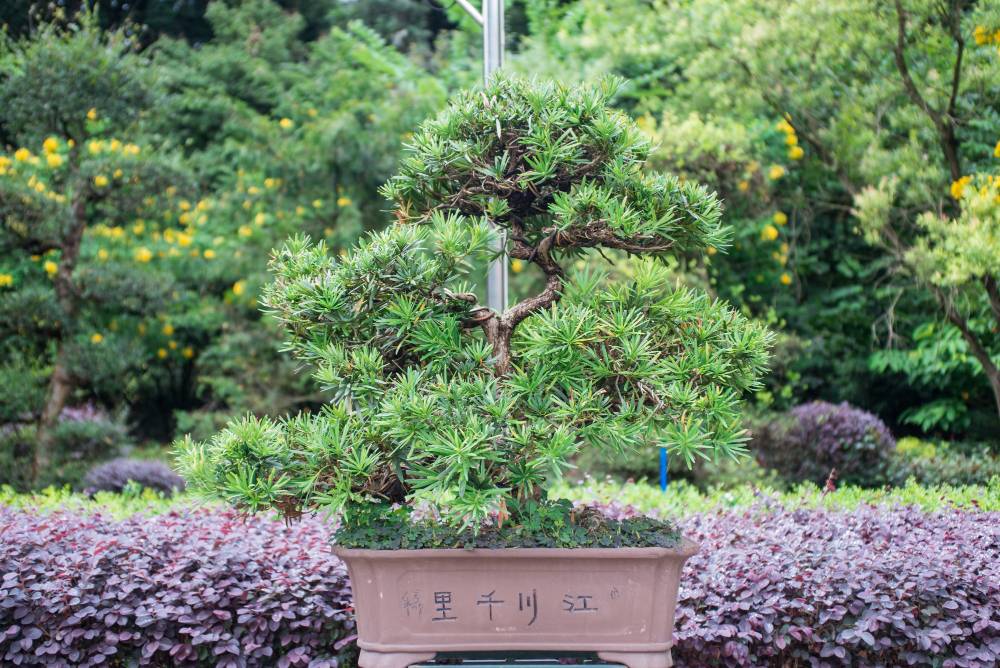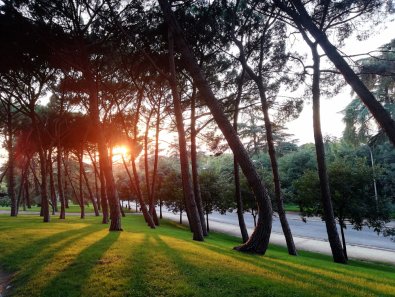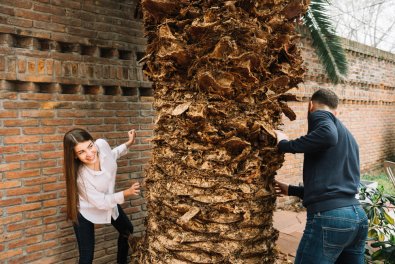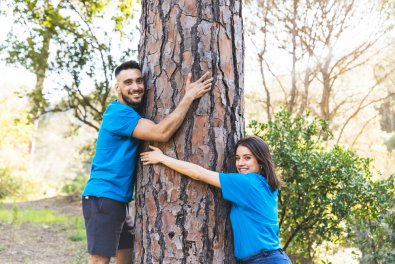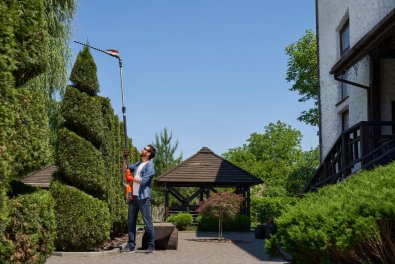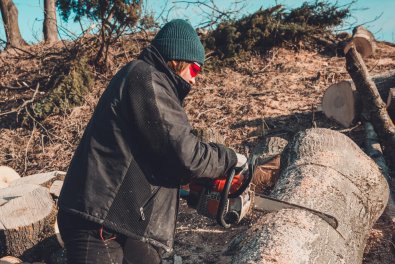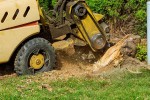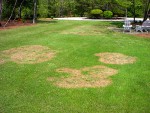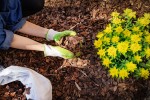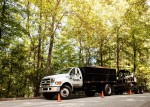How to Make a Wildlife-Friendly Garden with Native Trees and Shrubs
The high rate of urbanization has led to habitat loss, a significant concern for wildlife. As a property owner, incorporating a wildlife-friendly garden by planting native trees and shrubs into your landscape is an excellent start towards restoration. With the help of a reputable tree care company, you can establish a thriving sanctuary for local wildlife right in your backyard. At the Sesmas Tree Service, we work with you to ensure suitable native species for your landscape. Here are the reasons you should consider native plants to support the ecosystem.
Adapted to Local Conditions
Native plants have evolved naturally in a specific region over thousands of years, perfect for the local soil, climate, and rainfall patterns. Even if you live in a hot area with little rainfall, these plant species require less water, fertilizer, and pesticides than non-native species. This makes them more sustainable, mitigating costly maintenance and tree removal emergencies.
Providing Diverse Habitats
Another reason to consider native trees and shrubs is to create diverse habitats that cater to different wildlife needs. Whether you need tall trees for nesting, shrubs for cover and food, or ground cover plants for a rich habitat, tree service professionals can recommend suitable species. This diversity in plant structure supports various wildlife species, enhancing overall biodiversity.
Minimizing the Need for Chemicals
As mentioned, native plants are well-suited to local conditions and are generally more resistant to pests and diseases. This resistance reduces the need for chemical pesticides and fertilizers, which can harm the environment. Consult professional arborists for more sustainable alternatives, ensuring soil health, safe groundwater, and a better environment overall.
Choose the Right Plants
With all the different species, selecting native trees and shrubs for your specific region can be challenging. Consult local tree service experts to identify the best species for your area. Some excellent choices include oak, maple, dogwood trees, and shrubs like sumac, viburnum, and elderberry. Once you find a suitable species, here's how to ensure proper growth.
Plant in Layers
Create different layers of vegetation to mimic natural habitats and provide various places for wildlife. Certified arborists can incorporate canopy trees, undergrowth shrubs, and ground cover plants to support more wildlife and add visual appeal to your garden.
Provide Water Sources
Even though native trees don't require much water, a reliable water source is essential for wildlife. The tree care company can recommend a birdbath, a small pond, or a shallow dish of water to attract birds, insects, and other creatures. If your landscape can't support these features, professionals will suggest ideal options without risking yard damage.
Avoid Chemicals
Last, homeowners should embrace natural gardening practices by avoiding chemical pesticides and fertilizers. Consider more sustainable alternatives, such as mulching and planting companion plants that deter pests. It is advisable to collaborate with arborists to create a healthier environment for wildlife and promote a more balanced ecosystem.
Creating a wildlife-friendly garden with native trees and shrubs is a satisfying endeavor that benefits your premises and the local ecosystem. By choosing native plants, you support local wildlife, enhance biodiversity, reduce environmental impact, and create a beautiful, sustainable landscape. Contact us at the Sesmas Tree Service and schedule a consultation with our experts to introduce native plant species without risking premature tree removal emergencies.


